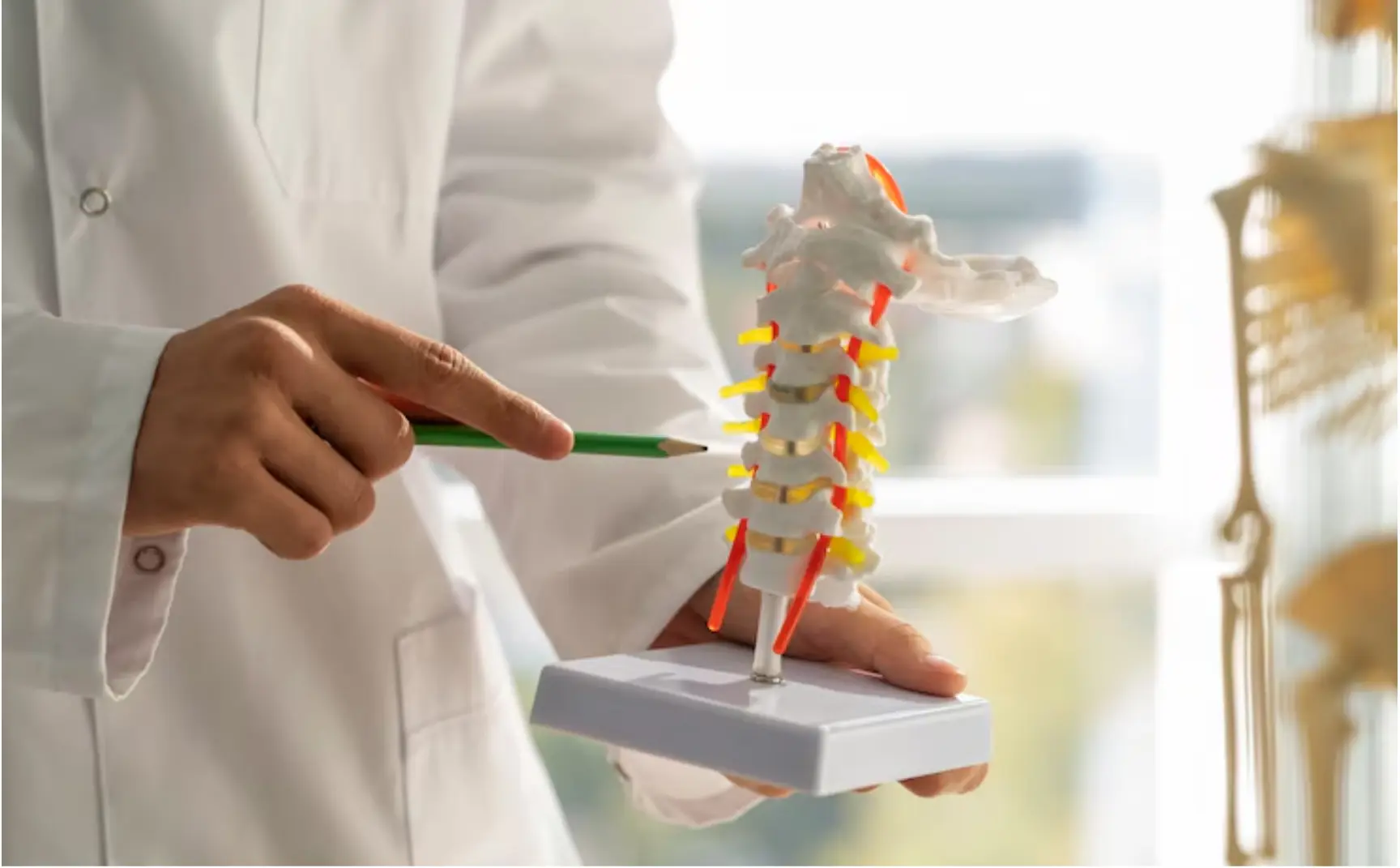Percutaneous Balloon Compression (PBC) is a minimally invasive neurosurgical procedure primarily used to treat trigeminal neuralgia, a chronic pain condition affecting the trigeminal nerve in the face. Known for its rapid pain relief and relatively low complication rates, PBC has become a valuable option for patients who either don’t respond well to medication or are not ideal candidates for more invasive surgery. Understanding of the percutaneous balloon compression surgery procedure.
What Is Trigeminal Neuralgia?
Before diving into the surgical details, it’s essential to understand the condition this procedure addresses. Trigeminal neuralgia (TN) is characterized by sudden, severe, electric-shock-like facial pain, often triggered by everyday activities such as brushing teeth, eating, or even a light breeze. It’s caused by irritation or compression of the trigeminal nerve, which carries sensory information from the face to the brain.
Conservative treatments typically start with medication like carbamazepine or gabapentin. However, not all patients respond well to drugs or can tolerate their side effects, leading to the consideration of surgical options such as PBC.
Percutaneous Balloon Compression Surgery Procedure
Percutaneous Balloon Compression is one of several percutaneous techniques used to manage trigeminal neuralgia. “Percutaneous” means the procedure is done through the skin, without large incisions. In PBC, a small balloon is temporarily inserted through a needle into the area where the trigeminal nerve exits the brainstem (called Meckel’s cave). The balloon is then inflated to compress the nerve root selectively.
This controlled compression intentionally damages part of the nerve to disrupt the pain signals while preserving other nerve functions. The key advantage is that it specifically targets the pain fibers, resulting in immediate pain relief for many patients.
Who Is a Candidate for PBC?
PBC is particularly suited for:
- Elderly or medically fragile patients who may not tolerate open surgery.
- Patients with multiple sclerosis who suffer from trigeminal neuralgia.
- Individuals who have failed medication or prefer a less invasive alternative.
- Patients who previously had other procedures (e.g., microvascular decompression) without long-term success.
It is not typically used for patients whose facial pain is not classic trigeminal neuralgia or for those who cannot undergo general anesthesia.
Preoperative Preparation
- Consultation and Diagnosis :- A thorough evaluation by a neurologist and neurosurgeon is necessary. This includes imaging (usually MRI) to rule out other causes of facial pain and to assess the anatomy around the trigeminal nerve.
- Medication Review :- Patients are often asked to stop certain medications that can affect bleeding, such as aspirin or anticoagulants, before the procedure.
- Informed Consent :- The surgeon will explain the potential benefits, risks, and alternatives. Patients are advised on what to expect regarding postoperative facial numbness and recovery.
The Procedure: Step-by-Step
The surgery typically takes 30–60 minutes and is performed under general anesthesia. Here’s what happens:
- Positioning :- The patient is placed in a supine position with the head extended slightly backward.
- Needle Insertion :- Using fluoroscopic (X-ray) guidance, a special needle is inserted through the cheek and directed toward the foramen ovale a small opening in the skull through which the trigeminal nerve passes.
- Catheter and Balloon Placement :- A balloon catheter is passed through the needle into Meckel’s cave, where the trigeminal ganglion resides.
- Balloon Inflation :- The balloon is inflated with a contrast dye (visible under X-ray) to compress the nerve. Surgeons monitor the shape of the balloon, which should resemble a pear shape a sign that the compression is correctly applied.
- Deflation and Removal :- After about one to two minutes of compression, the balloon is deflated and removed, followed by the removal of the needle.
Postoperative Recovery
Recovery from PBC is generally quick. Most patients go home the same day or within 24 hours.
Common Immediate Effects:
- Facial numbness :- A temporary and expected outcome, often lasting weeks to months.
- Chewing weakness :- Usually mild and transient.
- Pain relief :- Many patients experience immediate relief from trigeminal neuralgia pain after the procedure.
Follow-Up Care:
- A follow-up visit is scheduled to monitor for recurrence or complications.
- Patients are usually advised to taper off their medications under medical supervision.
Benefits of Percutaneous Balloon Compression
- Minimally invasive :- No major incisions or craniotomy required.
- Quick recovery :- Most patients return to normal activities within days.
- Immediate pain relief :- High initial success rates.
- Repeatable :- Can be performed again if pain recurs.
Success rates for initial pain relief are between 80–90%, although some patients may experience recurrence over time. Repeat procedures often remain effective.
Risks and Complications
While considered safe, PBC does carry some risks:
- Facial numbness :- Occurs in almost all patients to some degree, which may be permanent.
- Corneal numbness :- In rare cases, leading to eye issues if not managed properly.
- Double vision or jaw weakness :- Usually temporary.
- Infection or bleeding :- Rare but possible with any surgical procedure.
- Anesthesia risks :- Especially in older or medically compromised patients.
The procedure does not typically result in significant cosmetic changes or scarring.
Conclusion
Percutaneous balloon compression surgery procedure offers a safe, effective, and minimally invasive treatment option for trigeminal neuralgia. With its high success rate and minimal recovery time, it is especially valuable for patients who are not ideal candidates for more invasive procedures. While not without risks, its advantages make it a compelling choice in the neurosurgical management of this debilitating pain condition.
If you or a loved one suffers from facial pain that has not responded to medications, consult a neurosurgeon to see if percutaneous balloon compression surgery procedure could be the right path to relief.























